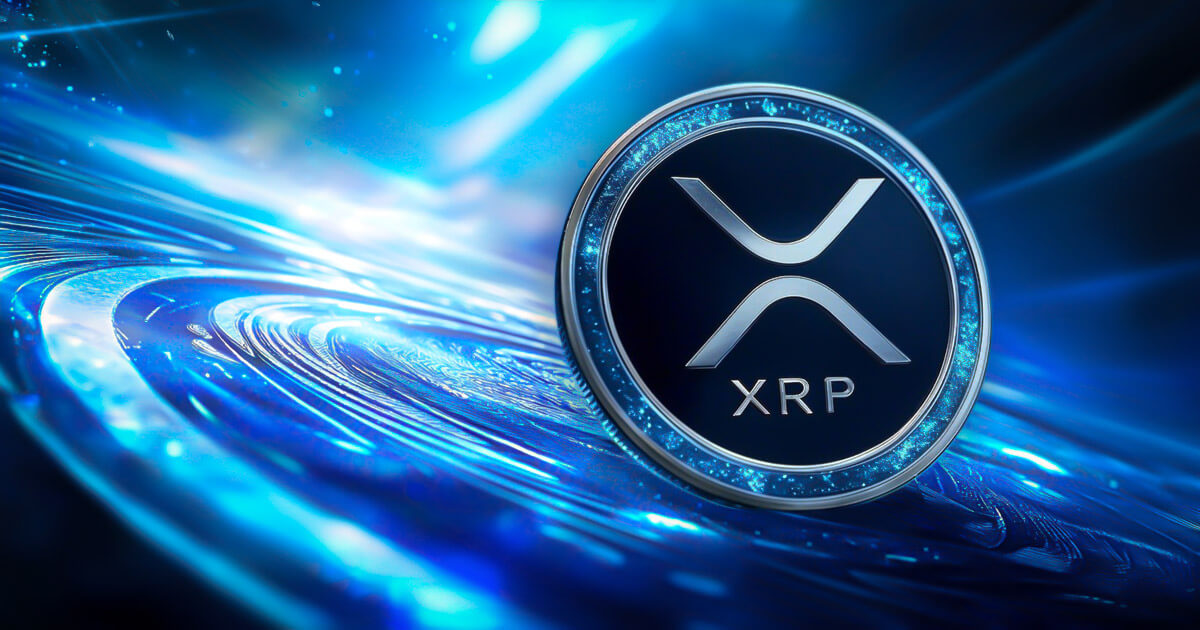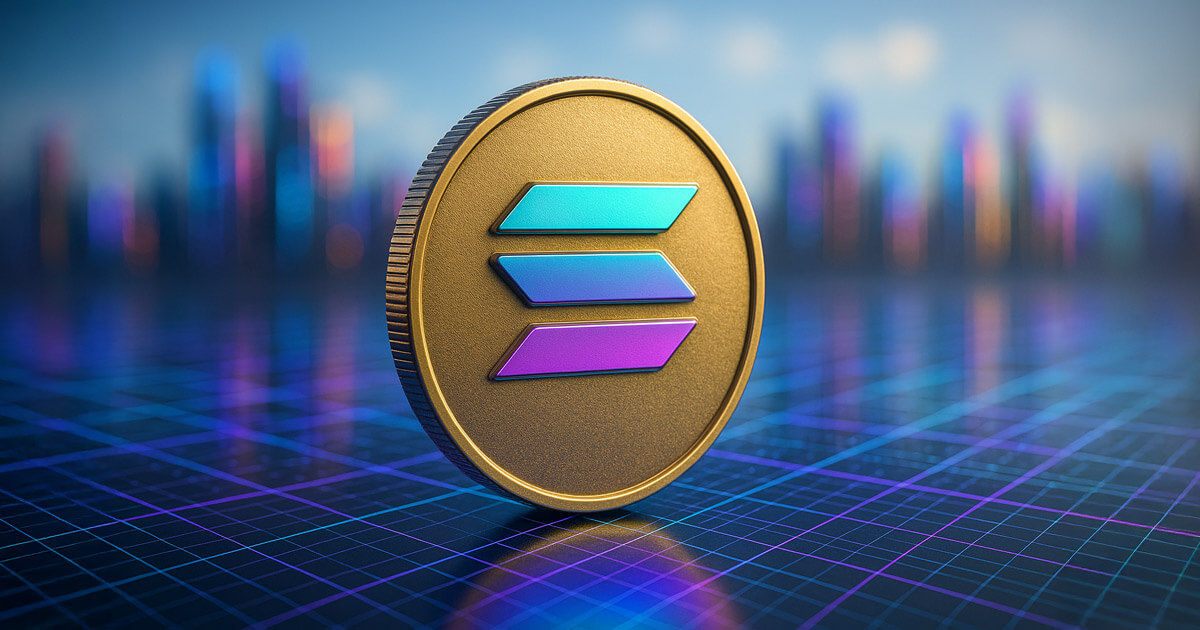The XRP Ledger has achieved a significant milestone in blockchain interoperability through its strategic partnership with Wormhole, one of the industry’s most established cross-chain protocols. This integration connects the XRP Ledger mainnet and its Ethereum Virtual Machine sidechain to over 35 different blockchain networks, creating unprecedented opportunities for asset mobility and cross-chain functionality. The collaboration enables native XRP tokens, IOUs, and Multi-Purpose Tokens to flow freely between diverse blockchain ecosystems while maintaining their original issuance properties and regulatory compliance features.
Wormhole brings substantial credibility and proven infrastructure to this partnership, having facilitated over $60 billion in cross-chain transaction volume and processed more than one billion cross-chain messages since 2020. The protocol serves approximately 200 applications and counts major financial institutions like BlackRock, Apollo, and Securitize among its client base, demonstrating its enterprise-grade reliability. This integration empowers developers to create sophisticated smart contract interactions across multiple chains, significantly expanding the functional capabilities available for institutional finance applications and decentralized finance protocols built on the XRP Ledger.
The technical implementation supports advanced use cases including cross-chain messaging, seamless asset transfers, and multichain token issuances that benefit DeFi platforms, institutional on-chain finance solutions, and real-world asset tokenization projects. This development complements XRP Ledger’s existing interoperability efforts with protocols like Axelar, reinforcing Ripple’s commitment to building a modular, interconnected blockchain infrastructure. The integration aligns with the XRP Ledger’s core strengths in compliance-focused operations, high-throughput processing, and institutional-grade settlement capabilities.
Ripple CTO David Schwartz emphasized the strategic importance of cross-chain connectivity for achieving mainstream blockchain adoption, noting that comprehensive infrastructure must span multiple networks rather than being confined to a single chain. This vision positions the XRP Ledger as a central hub in the evolving multi-chain landscape, where tokens can maintain their native characteristics while gaining access to diverse blockchain ecosystems. The partnership represents a significant step toward Ripple’s broader goal of creating a flexible, open financial infrastructure that can adapt to the complex needs of institutional clients and emerging decentralized finance applications.





